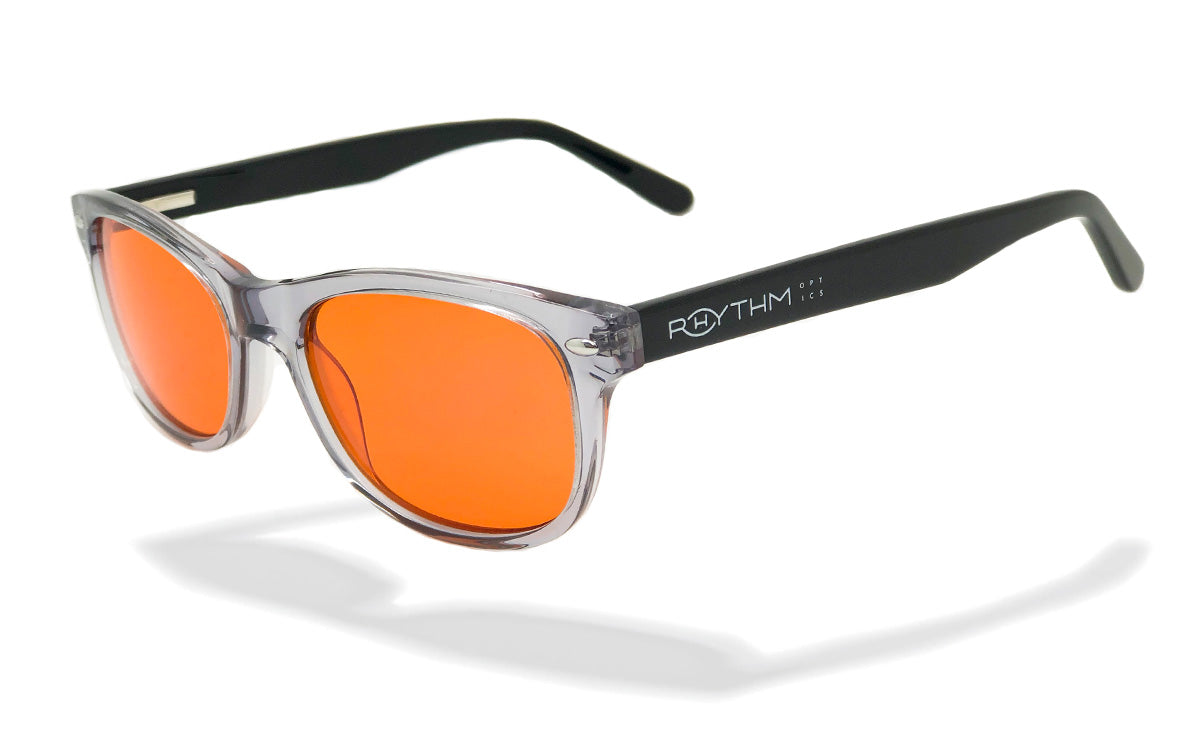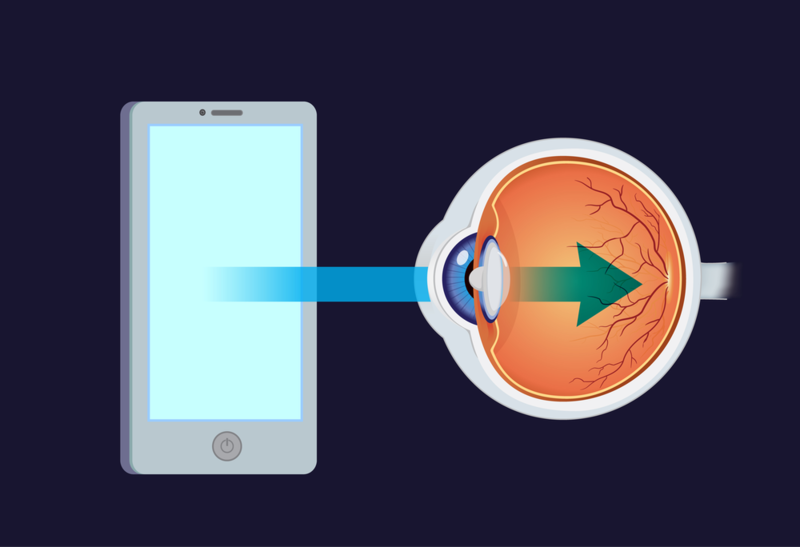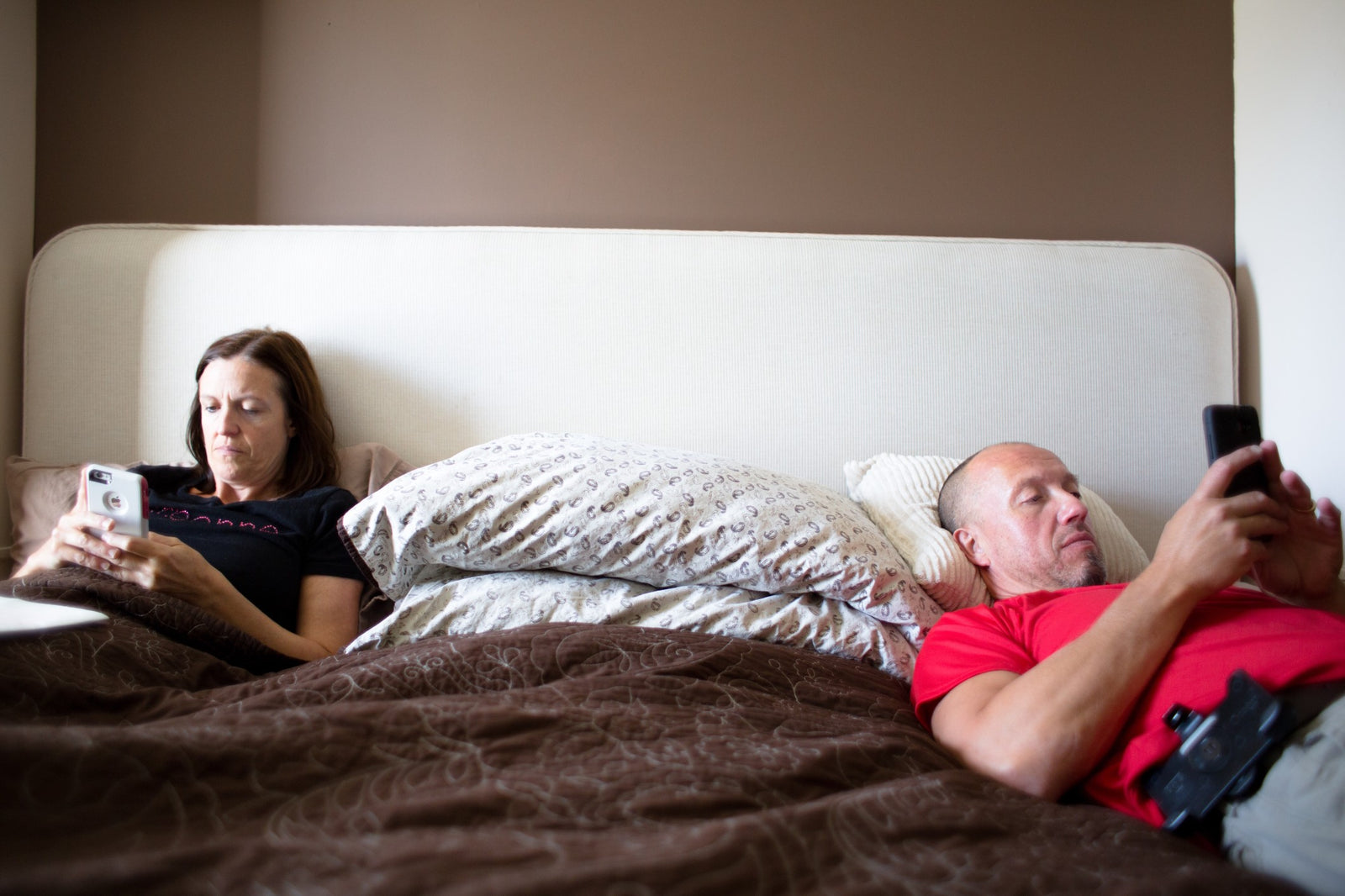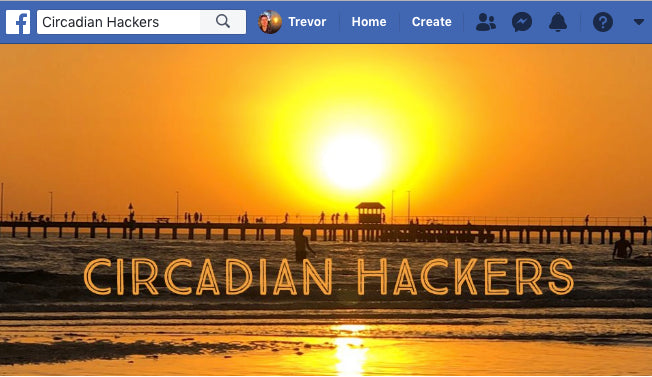How blue light from device screens is killing your eyes.
In the published study,Blue light effect on retinal pigment epithelial cells by display devices it shows specifically how the backlighting from display screens of devices induce cell death in the eyes.
They found that even “white light”, made up of blue, red and green as produced by illuminated display devices also triggered the production of Reactive Oxygen Species (ROS) in the mitochondria causing impairment, and apoptosis (cell death) in retinal cells.
Many previous studies have demonstrated that blue light is damaging to the eyes using isolated blue light from high-intensity light sources such as LED lamps in their testing models.
In this study they created low-intensity lighting devices emitting peak blue light at 449 nm, 458 nm and 470 nm to replicate the light from LCD and OLED screens. The lower the nm, the shorter the wavelength. The shorter the wavelength, the higher the phototoxic energy.
Reactive Oxygen Species production.
The 449nm model showed ROS production to be at 3X the rate of the dark control model. And when ROS was measured at 24hr and 48 hr periods it showed to be increasing in a time-dependant manner. Concerning given the total daily screen time when combined across the multiple devices commonly used throughout the course of a whole day.
They found the longer wavelength 470 nm model hardly affected ROS production compared to the dark control.

Cell death and apoptosis responses.
Again their modelling showed significantly increased cell death response in the 449 nm testing against the dark control. However it was only slightly increased in the higher wavelength 470 nm model.

What does all that mean?
The literature here clearly shows that light from device screens at 449 nm can be highly damaging to the eyes, regardless of the time of day. It is also clear the more time your eyes are exposed to this light, the more damage is done.
This type of eye damage is associated with Age-Related Macular Degeneration, permanent eye damage and eventual blindness.
What is the solution?
Rhythm Optics eyewear designed for day time use yellow lenses that block 98.7% of blue light at 450nm, potentially protecting your eyes from the likely damage from 449nm light outlined in the study. Clear lenses offered by some will only filter a small part of that wavelength. They might look more "socially acceptable", but they will still allow through the harmful wavelengths mentioned in this study. To view our Daylight range just click here, or either image below to learn more.
Of course, we also have our After Sundown range which blocks the entire blue light spectrum and also reduces green light. They can be found here.
Citation
Jiyoung Moon, Jieun Yun, Yeo Dae Yoon, Sang-Il Park, Young-Jun Seo, Won-Sang Park, Hye Yong Chu, Keun Hong Park, Myung Yeol Lee, Chang Woo Lee, Soo Jin Oh, Young-Shin Kwak, Young Pyo Jang, Jong Soon Kang;Blue light effect on retinal pigment epithelial cells by display devices,Integrative Biology, Volume 9, Issue 5, 1 May 2017, Pages 436–443, https://doi.org/10.1039/c7ib00032d
https://academic.oup.com/ib/article/9/5/436/5115388







